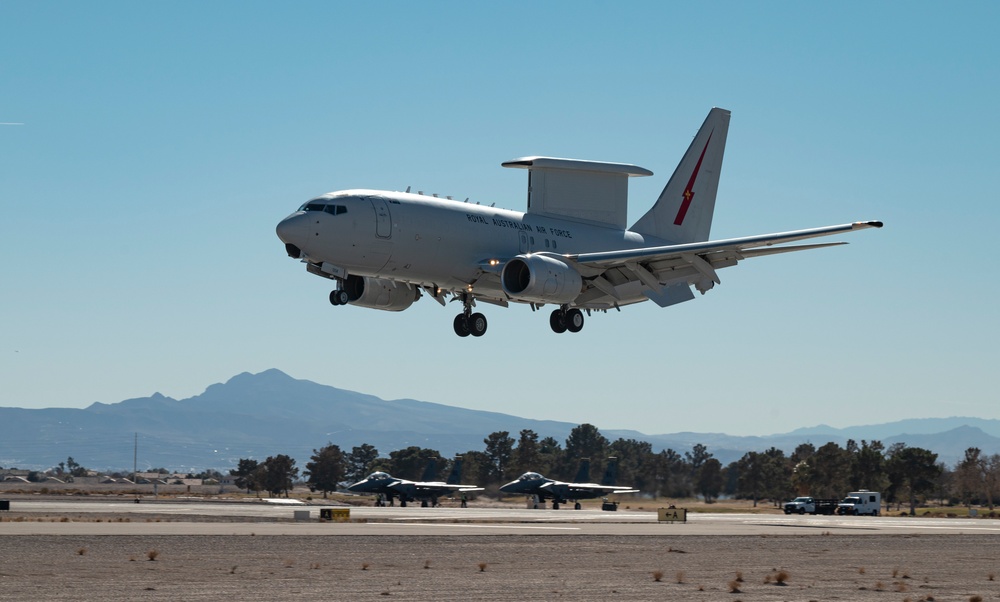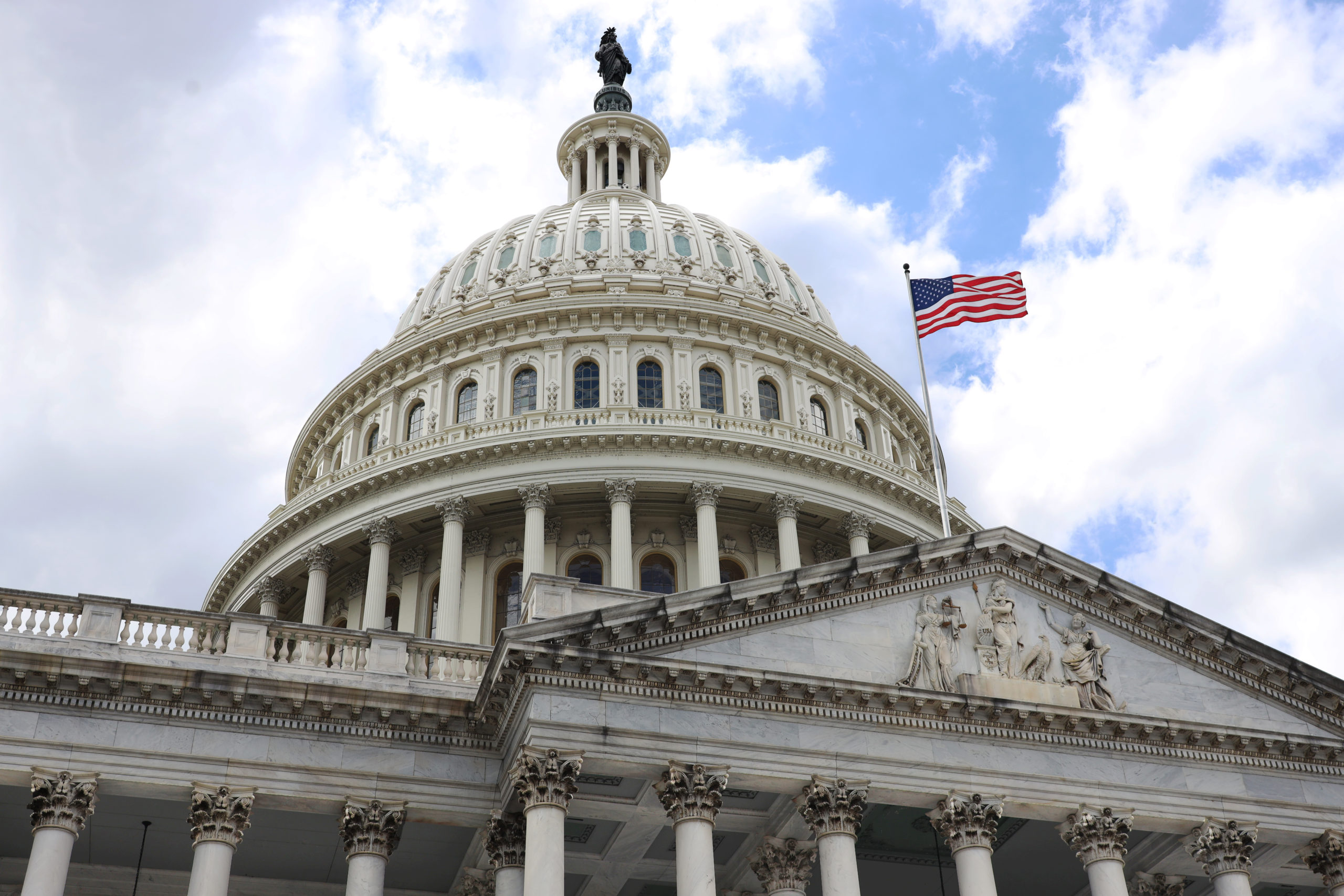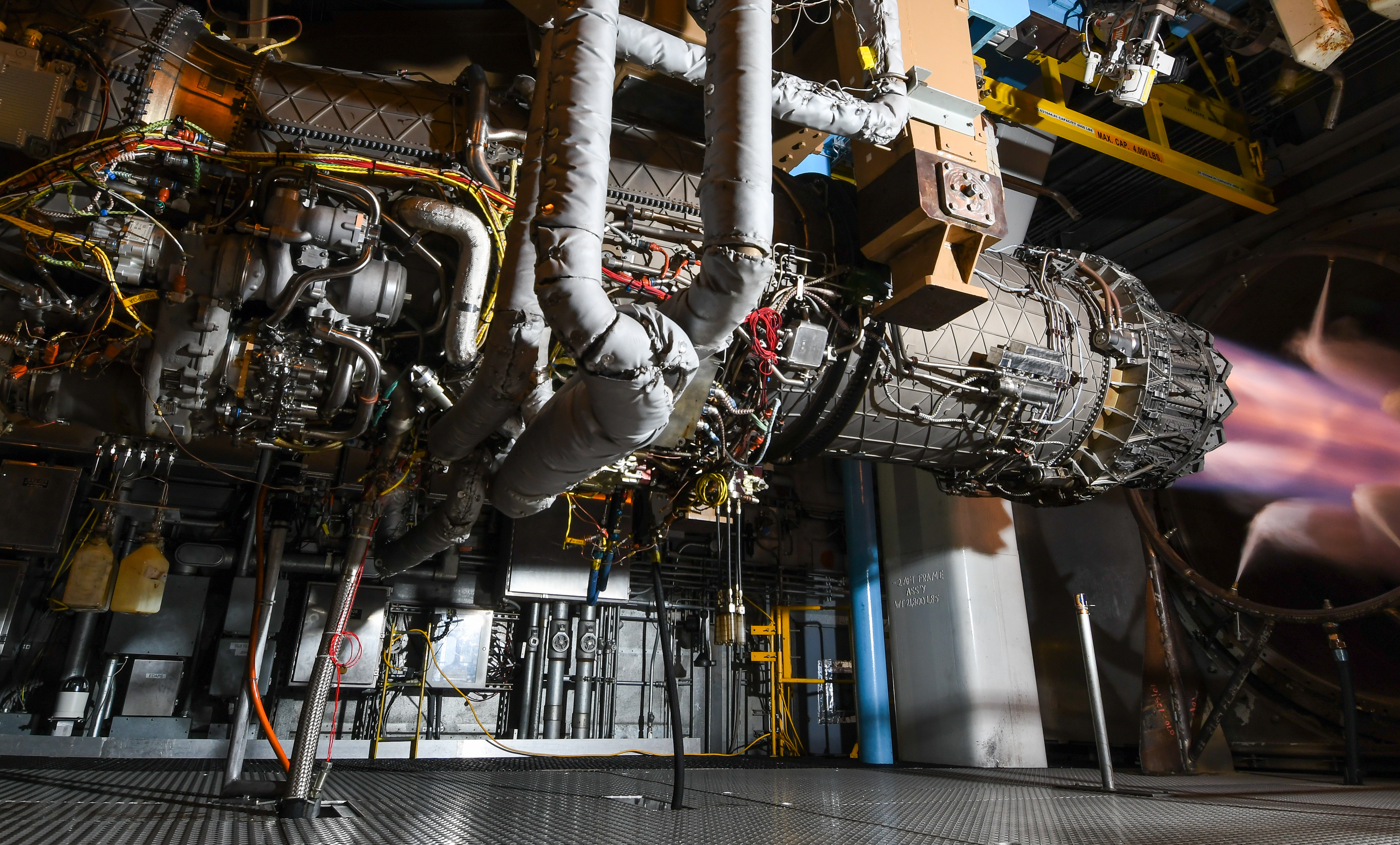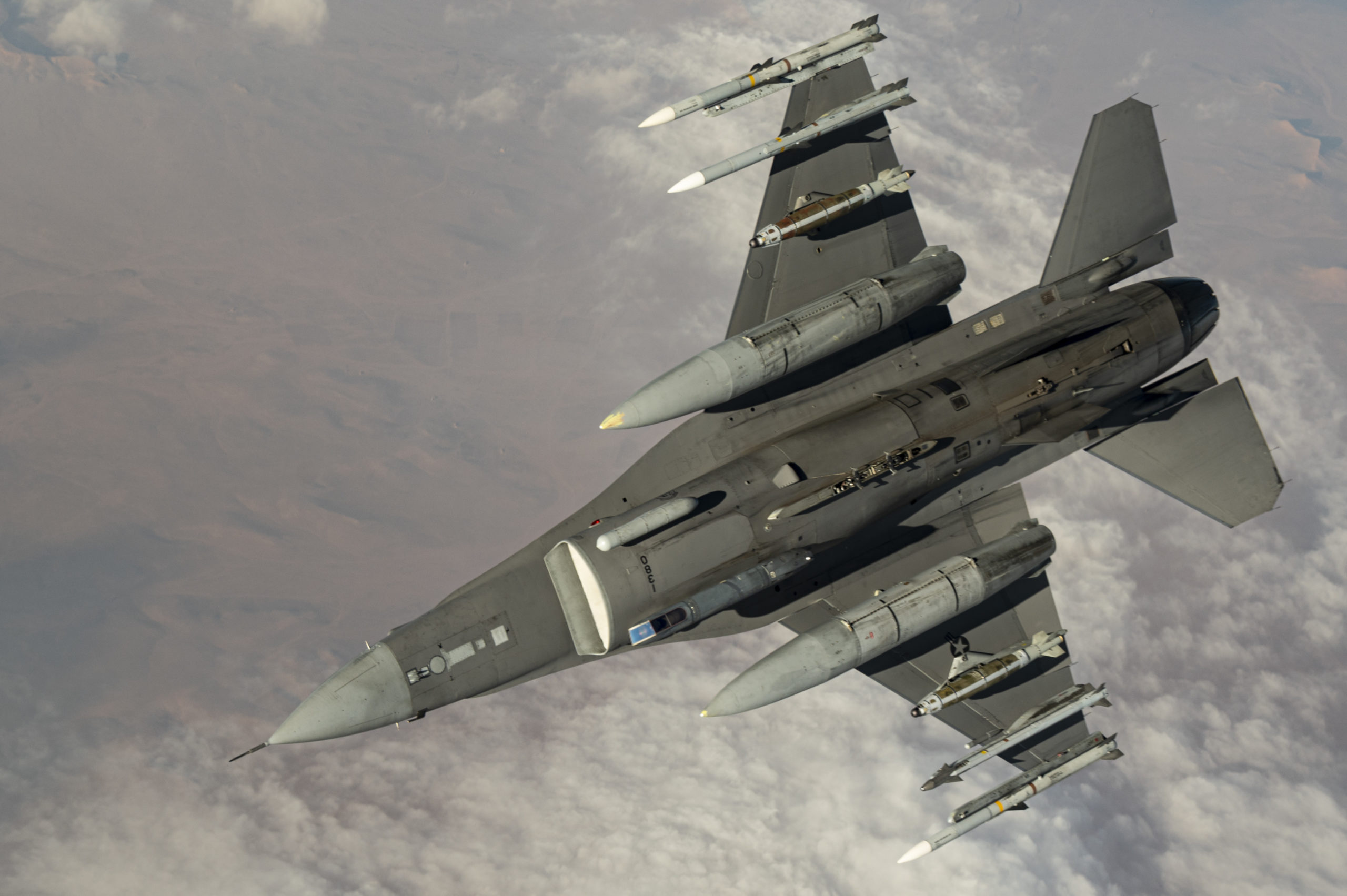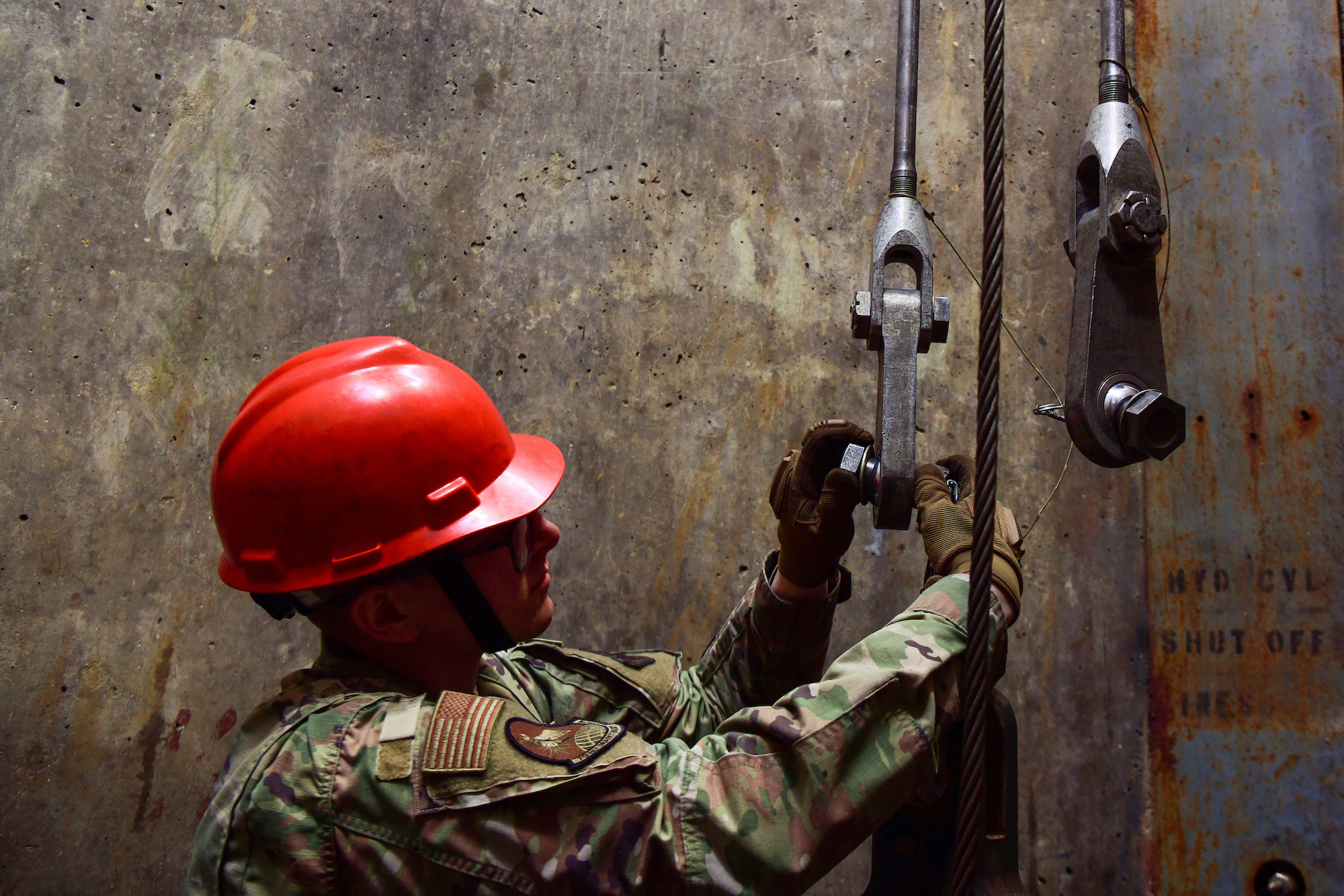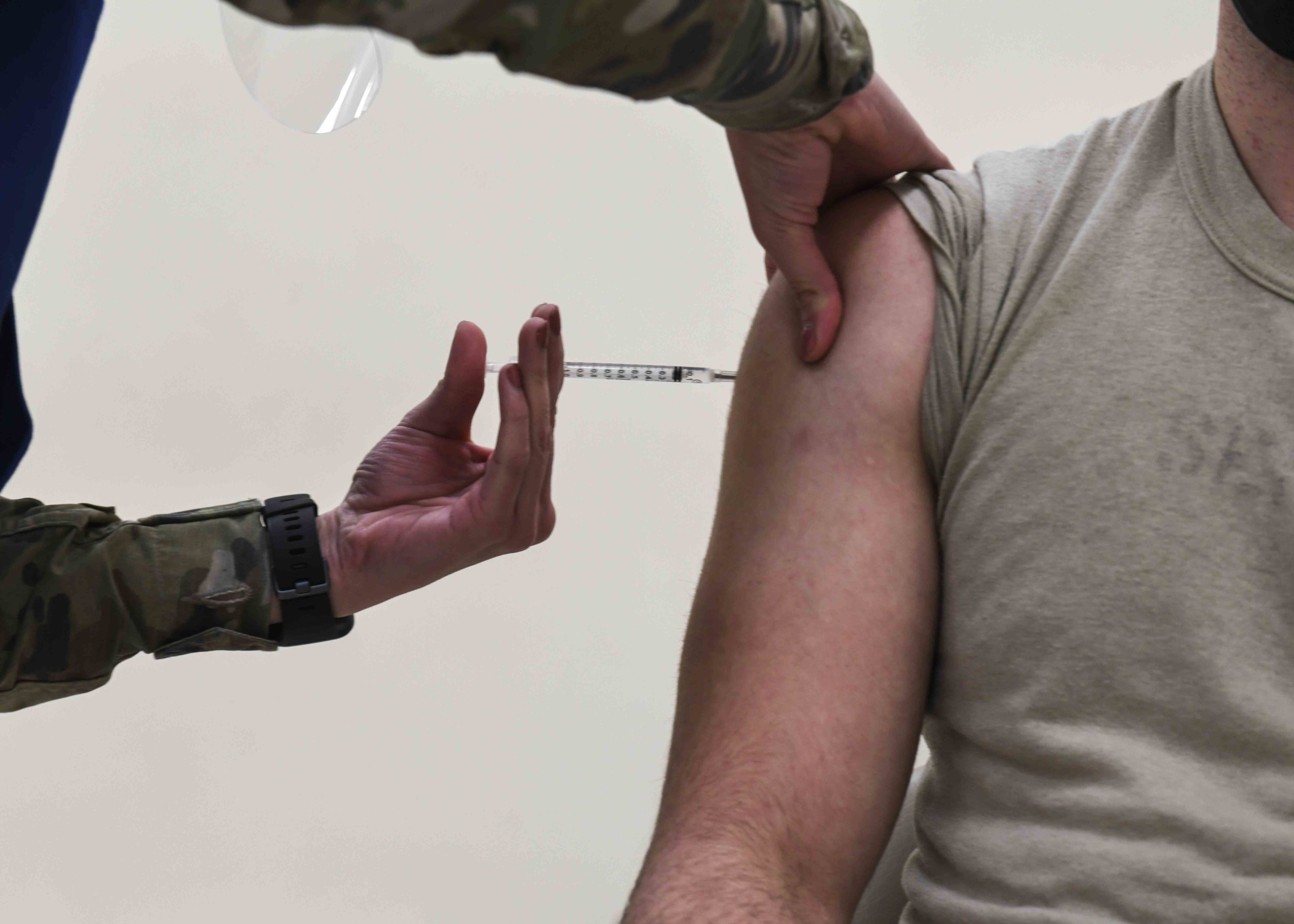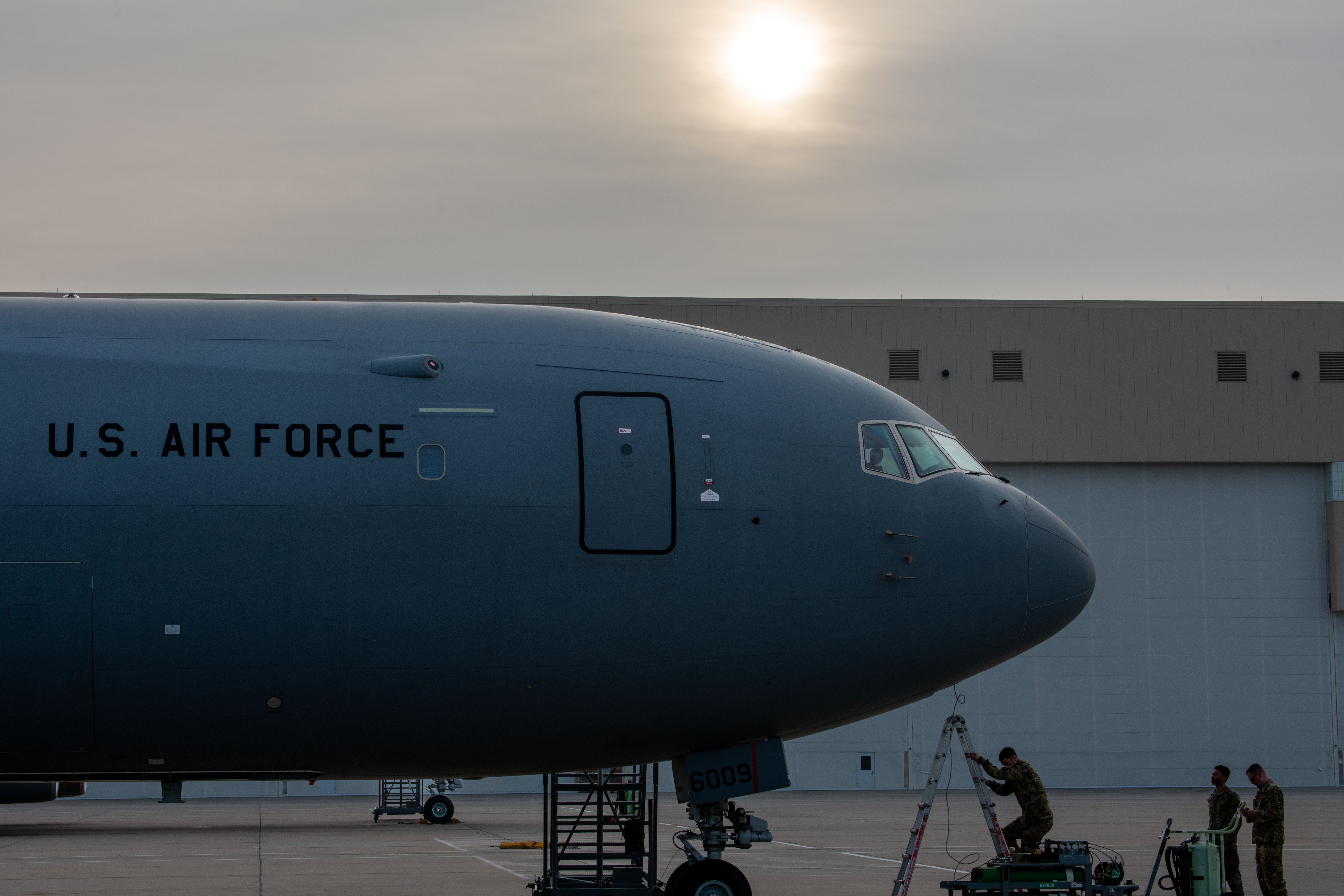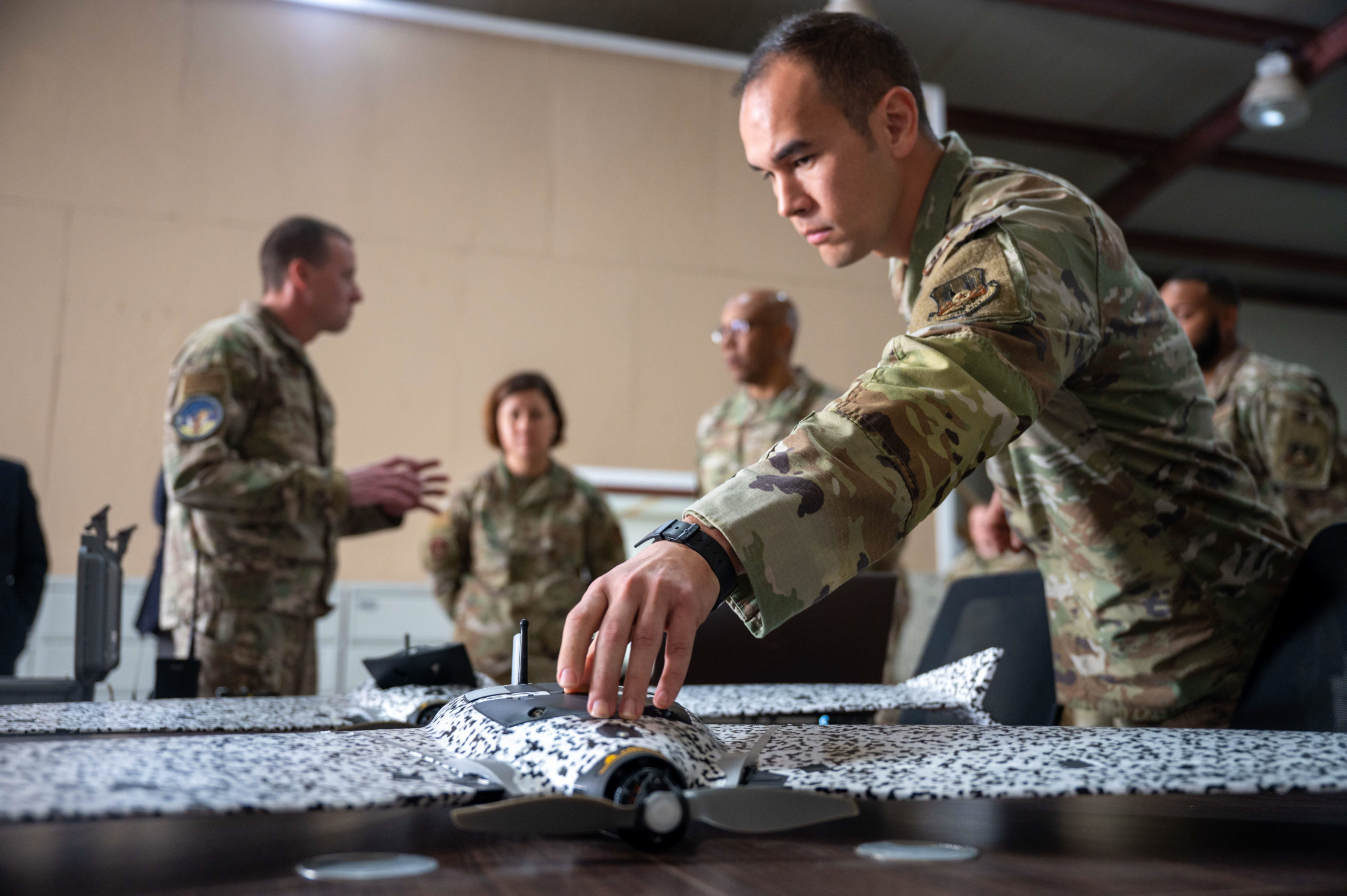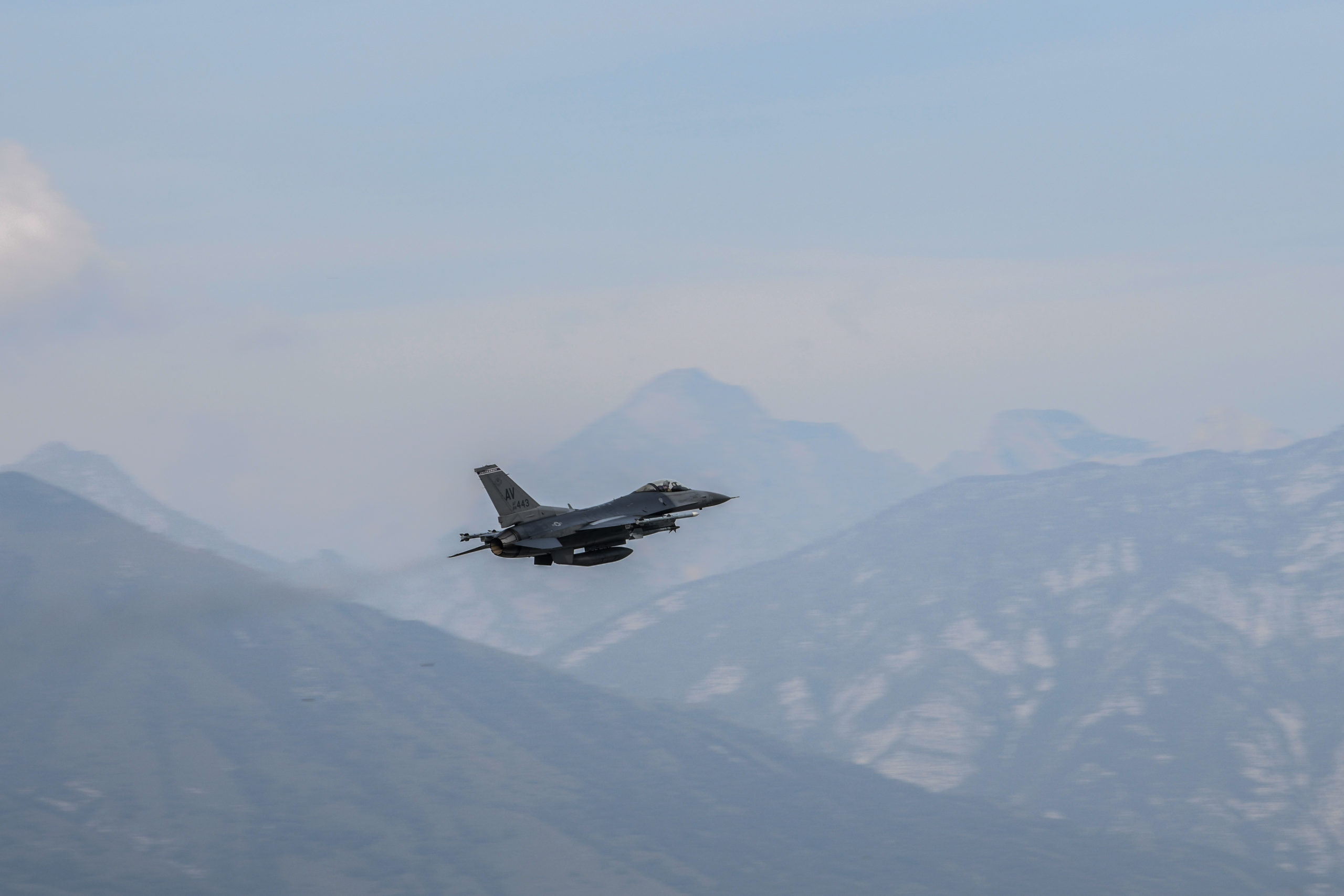The Air Force selected Boeing to develop its E-7A future airborne battle management aircraft, with an initial contract not-to-exceed $1.2 billion to start work on a prototype. Production of an Air Force-specific version of the jet is to begin in 2025, the Air Force said Feb. 28.
The E-7A Wedgetail “will provide advanced Airborne Moving Target Indication and Battle Management, Command, and Control capabilities, and advanced Multi-Role Electronically Scanned Array radar that enhances airborne battle management and enables long-range kill chains with potential peer adversaries,” the Air Force said.
The first E-7A is to be ready for operational duty by 2027, the Air Force said. It expects to buy 24 more E-7As by 2032, with a final anticipated inventory of 26 aircraft. No E-7A funding was included in USAF’s budget two years ago; some cuts in other programs may be needed to fund the project.
“We conducted a thorough analysis of viable industry options to ensure the selected E-3 replacement could meet the specific needs of the U.S.,” Air Force acquisition executive Andrew Hunter said in a press release.
The Air Force will retain its E-3 airborne warning and control system (AWACS) until the E-7A is fielded, he added.
“The rapid prototyping program will integrate U.S.-based mission systems into the existing airborne platform to meet DAF requirements, while simultaneously ensuring interoperability with coalition and allied partners already operating the E-7A,” a service spokesperson reported.
The E-7A was originally developed for Australia, and has also been adopted by the U.K. By leveraging allied investment in the E-7A, the U.S. aims to acquire the new AWACS replacements more quickly than would otherwise be possible.
The Air Force’s aging and deteriorating 707-based E-3B/G AWACS aircraft are increasingly difficult to keep flying with mission capable rates plunging to under 60 percent in recent years.
The new aircraft will be USAF’s “principal airborne sensor for detecting, identifying, tracking, and reporting all airborne activity to Joint Force commanders,” Hunter said in a press statement.
“This contract award is a critical step in ensuring that the Department continues delivering battle space awareness and management capabilities to U.S. warfighters, allies, and partners for the next several decades,” he said. “The E-7A will enable greater airborne battlespace awareness through its precise, real-time air picture and will be able to control and direct individual aircraft under a wide range of environmental and operational conditions.”
The Air Force is continuing modernization of the E-3 to meet the service’s obligations under the 2022 National Defense Strategy, the service said, and will continue to provide “worldwide Battle Management Command and Control and Airborne Moving Target Indication Operations as required,” it said.
The Air Force plans to handle both the airborne and ground moving target indication missions with space-based assets a decade in the future and is now developing the necessary constellations to make that migration possible.
Saab had offered an AWACS solution with its GlobalEye platform. No other offerors were deemed capable of meeting USAF’s needs on the desired timetable.
